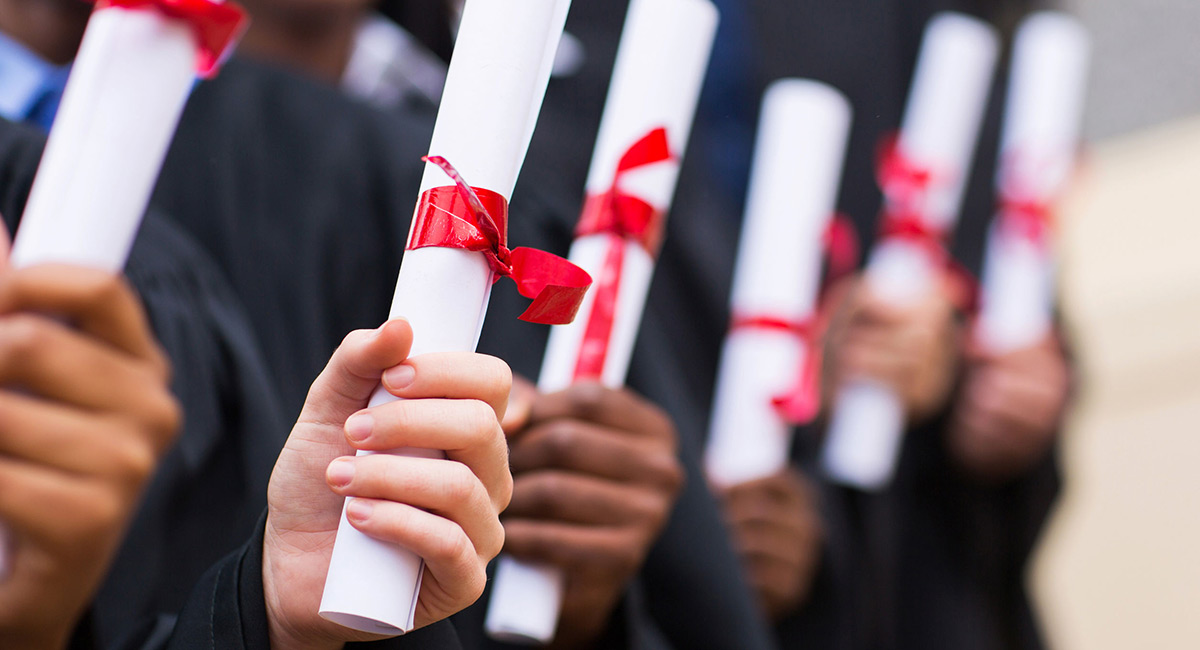Back in 2008 I wrote a column for Forbes magazine about how students should choose a college. “I think the U.S. News ranking ought to get a D,” I said about the nation’s most popular magazine college list.
U.S. News emphasized schools’ reputations. I thought colleges should be ranked according to their outcomes. In other words, were students getting enough of a return on their investment in college to make it worth accruing an ever-increasing amount of debt?
The editors at Forbes thought I had a good point. For nine years, my team at the Center for College Affordability and Productivity and I collaborated with Forbes to produce the Top Colleges list. In 2017 the Forbes team took the project in-house.
We refined our methodology over time. But this year Forbes took a methodological leap forward, filling an important gap. (Click here and here for a full explanation of the rankings and methodology.)
One of the rationales for taxpayer support of universities is that they provide a critical path towards achieving the American Dream—an ability to overcome financial and other obstacles impeding career success. The new Forbes methodology measures that.
Colleges should allow low-income persons and first-generation college students to achieve the same academic and vocational success accomplished typically by wealthy graduates of elite private schools. Unfortunately, data show that there has been a decline in intergenerational income mobility in the U.S. in modern times. Indeed, one can argue that America has created academic aristocracies—elite Ivy League and similar schools—that rich kids attend before moving on to high-paying corporate and professional positions.
Therefore, a strong case can be made that schools that do an especially good job of reaching out to lower-income students, kids denied the benefits of first-rate suburban or private high schools, summer camps, tutors, etc., should be recognized when they promote economic and social mobility. The ability to do so is an essential dimension of American exceptionalism.
Moreover, new evidence gathered over the past decade by Harvard University economics professor Raj Chetty and his associates have demonstrated that there are stark differences in the nature of the students attending American schools. Despite efforts to broaden the nature of their student bodies, the elite private schools still very strikingly serve a largely wealthy student base absent from most state and less selective private schools.
In our inaugural 2008 Forbes ranking, the only two public schools were two of the U.S. Service Academies (West Point and the Air Force Academy).
Now that the ranking has been “democratized,” it is less dominated by the nine New England and Northeast states. There were 17 schools from those states in the top 25 in 2008, compared with only 10 today, while the number of California schools grew from three to seven.
Some things have changed little. Vast areas of the country do not have a top school near them. Texas and Florida, with collectively a far larger population than California, have one school each at the top, ranked No. 24 and No. 25. The South is generally bereft of very top schools, as is most of the West. Three of the top 25 come from the five industrial East Central Midwest states (Illinois, Ohio, Michigan, Indiana and Wisconsin) that have a far bigger population collectively than California. More generally, only one school in the top 10 (Northwestern University) is from a state that does not border the Atlantic or Pacific Ocean.
One other thing has changed somewhat from 2008. College enrollments lately have been falling, not rising, and there is a pronounced flight to excellence in higher education. The top schools are operating at near-record enrollments while other schools are struggling to maintain students. The assessment of school quality by prospective students seems more important than ever, and I am proud to have been part of Forbes’s contribution to this effort.












